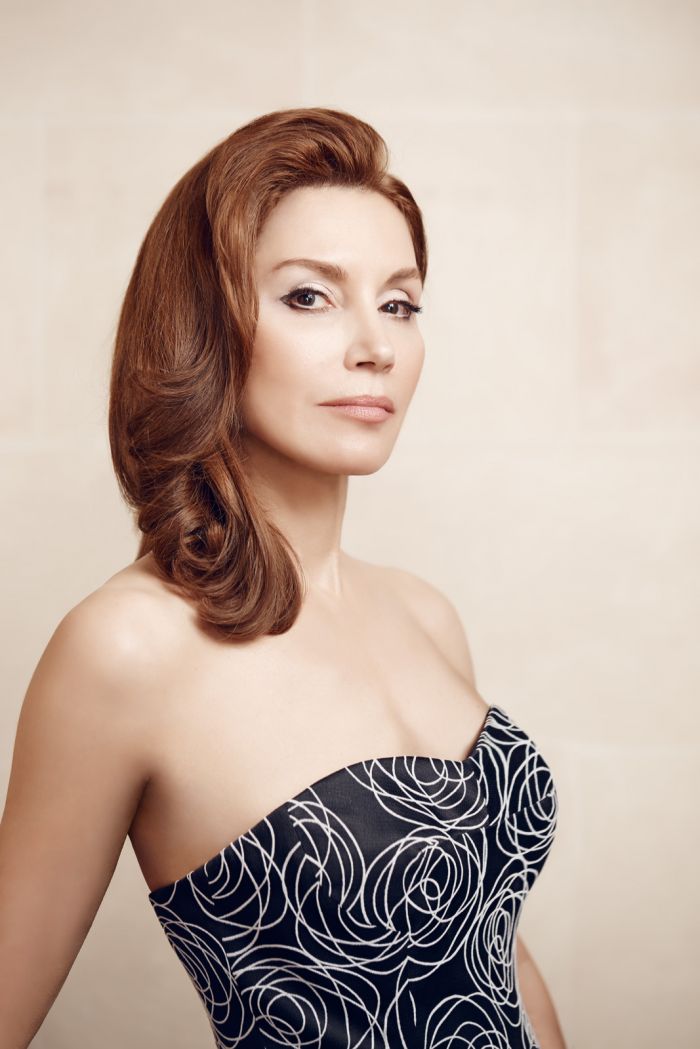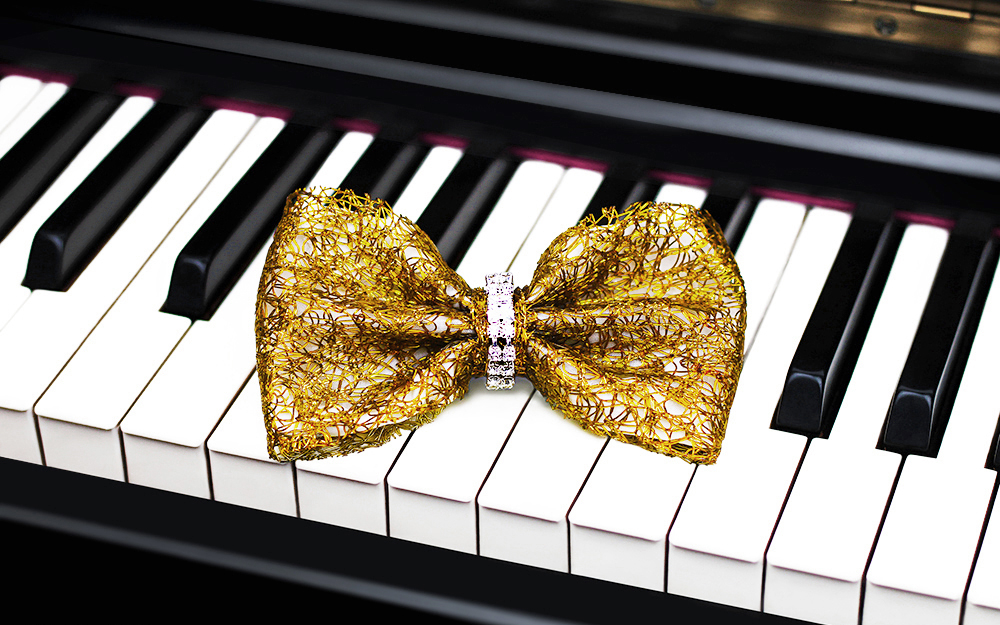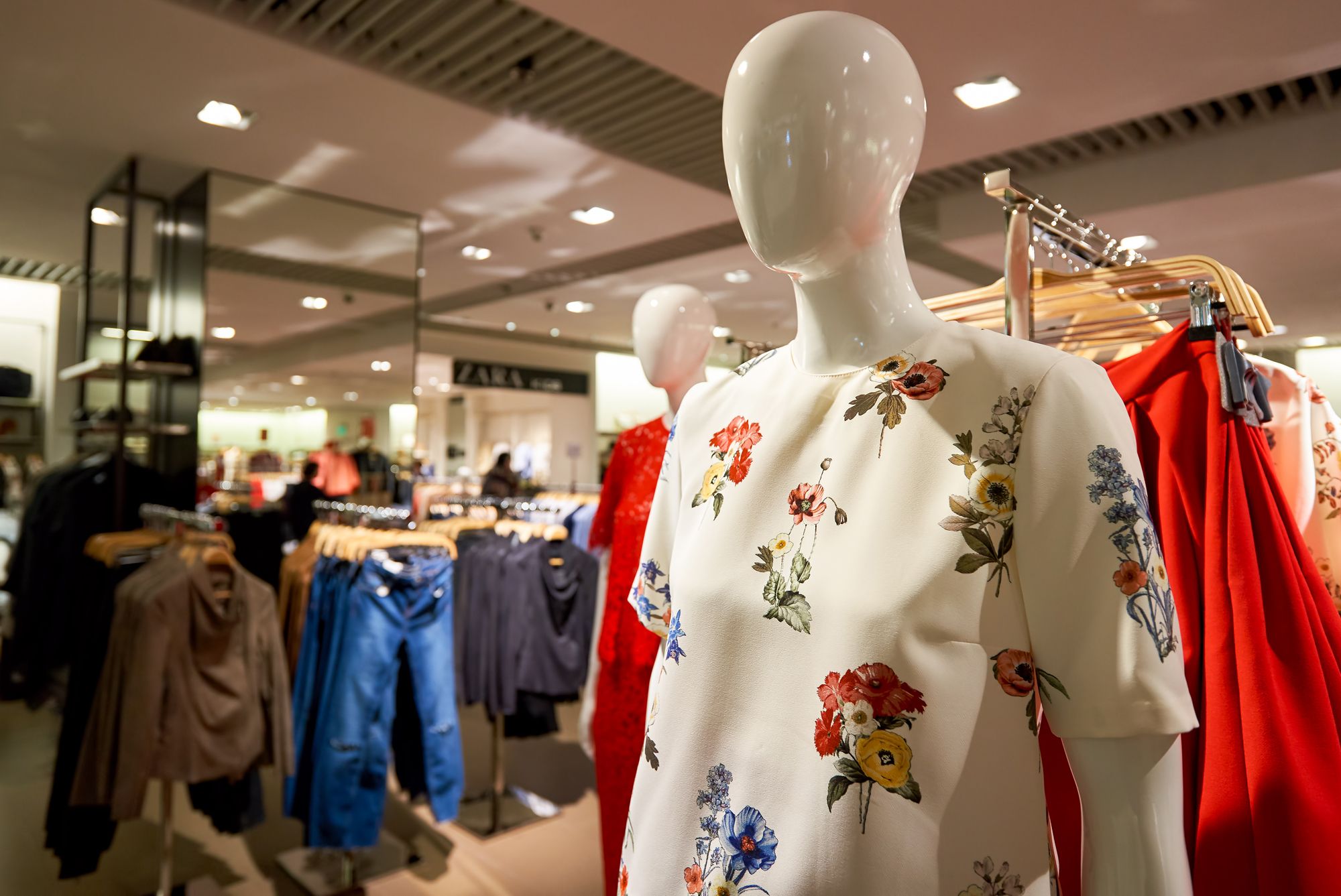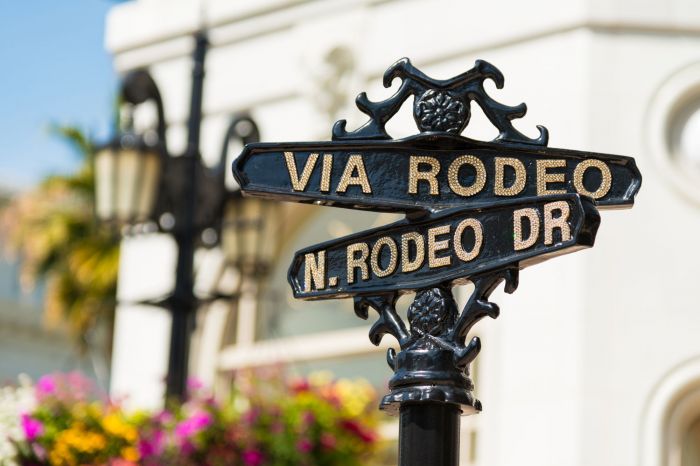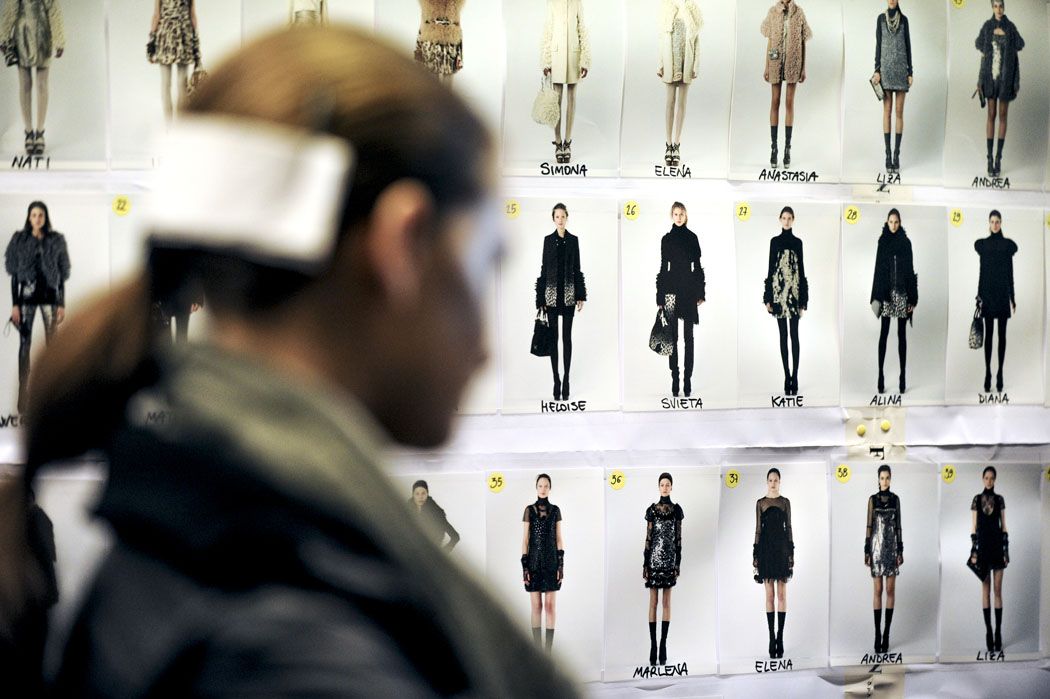
The insanity of Fashion Week starts at the very beginning, at the casting for the shows, which take place only a week or two before the event actually begins, giving models very little time to prepare. Even though runway shows often come together seamlessly, what goes on beyond the scenes is often anything but, especially for the girls whose faces steal the show.
From start to finish, including the casting, show scheduling and payment, there is a lot more to Fashion Week than what meets the eye. Models travel directly to and from Paris, Milan, New York and London for their respective fashion weeks, all of which happen with almost zero time in between.

Lea Rannells, 30-year-old runway model and founder of Philia Brand Clothing has walked at NYFW multiple times during her 10-year career, for designers such as Oscar de la Renta, Pamella Roland, Naeem Kahn and Mara Hoffman. During audition time, she tells JustLuxe that she has gone to as many as 12 castings in a single day, five days a week in preparation for Fashion Week.

Elena Kurnosova, a runway model who has walked for designers such as Betsey Johnson, BCBG and Giorgio Armani during her eight-year career, said that during Fashion Week, she gets up around 4:30 a.m. to go to the gym before arriving to her first casting at 8 a.m. Her workday will end around 7:30 p.m.—an almost 12-hour day.
The number of fellow models that are at a casting depends on the size of a runway show as well as if the casting was open or models were requested on an invite basis, the former of which may come to a designer seeing 30 girls or more in a single hour, and the latter amounting to 25 to 50 girls in total at casting. “Sometimes it’s just you and two other girls and other times you’re in a hallway and you’re waiting your turn with 80 other people,” said Rannells.

Kurnosova explained that for very large shows, castings may last a few days and there could be 500 models total auditioning, with 80 to 100 being seen on a single day. To avoid waiting in line for 45 minutes to an hour-and-a-half just to audition for a designer for five to 15 minutes, models get there 45 minutes to an hour before the casting even begins.
Generally, models believe that the longer they are with a designer once their turn actually begins, the better their chances are of being booked. However, there are no hard-and-fast rules. “You’re always trying to figure out if you booked a job, but it’s very difficult to tell from a casting,” said Rannells. “You might say to yourself, ‘I definitely didn’t book that because I was only in there for five minutes,’ but then you get it, and other times you’re there for awhile and you try on all of these clothes but you didn’t get the show. You can never be 100 percent sure.”

Lisa Nargi, a 32-year-old part-time model and full time nurse/entrepreneur who has walked multiple shows during her 11-year career, said that if designers “don’t like you, you are out of there in a minute, and if they do, it’s about 15 minutes.” Within these 15 minutes, the longer end of a casting, designers may ask a model to walk, try on a few pieces and look at their portfolio. Usually, they don’t ask the girls many questions and instead, they look for someone who can carry their clothes the best and walk well.
Jackie Miranne is a 29-year-old former model who has walked for Christian Siriano, Rami Kashou and Victoria Hong during her six-year career. Now a Fashion Fridays correspondent on VH1 Big Morning Buzz Live, she explains that designers also want a girl that has the right “look” for the theme of a show. “For example, if a show has an ethereal, elegant theme, they will want different girls than they would if the designer was to have an edgier show,” she said.
Nargi agreed that when it comes to this it-factor, all designers are looking for something different and “you either fit or you don’t since they know what they’re looking for. And you’re just hoping that you fit that bill.”

According to Kurnosova, designers’ strong ideas of the types of girls they want for their shows can sometimes work against models in a way that is more discriminatory than productive. “Sometimes, a designer will barely even want to see your book or see you walk just because of your nationality,” she said. “They may have had bad experiences with other girls of that nationality and they won’t want to work with you. But, you can’t do anything about it or say anything negative because you don’t want to break a potential working relationship.”
Most of the time, designers do not ask models many questions because runway shows require less personality than a catalog or magazine shoot, and with the tight schedule of Fashion Week, their time is better spent examining a girl’s walk and look. Rannells said that if a designer does choose to ask girls questions, they may ask how long a girl has been working, who else she has modeled for or just how she’s holding up in the insanity of casting. “Sometimes they may even ask you personal questions, maybe just to fill the time or make sure that you have a personality,” she said. “I’ve had people ask me if I have any pets or where my favorite place to visit is—I just want to respond so that my answer is memorable.”

Unfortunately, dressing memorably is difficult as model castings have an unwritten dress code—a basic uniform of heels, such as high pumps, dark skinny jeans or leggings and a basic, dark fitted tank top with very little makeup. “You pretty much have a black tank top for every day of the week,” said Rannells. “When you get to a casting, you’re surrounded by an army of girls in dark tank tops.”
Miranne added that although models stick to dark, clean pieces that they can move in, it’s also important for them to find a way to show their own sense of style, such as adding a chic bag or heels. “Even if you are wearing just a simple outfit, you need to put yourself together in a way that makes you stand out to a designer,” she said.

If a model is walking for a more eccentric designer, such as Betsey Johnson, they would benefit from quirky accessories, but Kurnosova explained that they simply don’t have the time to customize their outfit for a specific casting since, in the days leading up to Fashion Week, models are consistently running from one audition to the next. A direct booking, however, bypasses the insanity of casting. This is when a designer calls a model back the following season and invites her to walk in his show. This sometimes happens, but, depending on the designer, they may ask a model to come back for a casting just to make sure that she is still a good match for the brand since her look as well as the label’s may have evolved.
With so many shows, it’s possible for a model to get double-booked, or be invited to walk two catwalks which are scheduled too close to one another. However, the benefit of being with a modeling agency is that an agent can help a girl decide which show is the best choice for her career—not which one is the most monetarily worthwhile, an important distinction. Showroom jobs, for example, tend to pay more, but a model gets little exposure, versus a runway show, which could help a model’s career take off. “There are plenty of models I started out with whose careers have grown astronomically partly due to their exposure as a runway model, such as Barbara Fiahlo, a Victoria’s Secret model who was with me in a show that paid nothing ten years ago,” said Miranne. “Everyone starts at the bottom and many models get great exposure from the runway shows.” She added that regardless of the constant runaround of Fashion Week, “All models want to be busy, and the busier you are, the better off you are.”

Being a busy model is especially difficult in New York City due to the abundance of models in the area and heavy competition. Plus, every girl wants to get into the big shows, including those that come from Milan, Paris and London Fashion Week to cast in New York. Rannells explained that unfortunately, due to the trends of the season, many models just have to go with the flow and accept that one season everyone may want to book blondes and another season, everyone may want to book more exotic-looking girls.
But there is a dark underbelly to the stress, rejection and chaos of casting. Kurnosova said that about 50 percent of the models she has encountered are drinking or doing drugs just to deal with the pressure. “I think it is too much for many of the girls and many of them miss their families or have never been away from home before,” she said. For this reason, many agencies interview models before taking them on since they need to determine how responsible they can be for their own jobs and if they can handle the stress of modeling.

Fashion Week is extremely hectic and models have very little downtime, if any. Rannells remembers having been to castings surrounded by models taking power naps because they haven’t been able to get a moment’s rest. “You’re in such a whirlwind when you’re casting so when you come out on the other side, you’re like ‘What just happened?’ and you can’t even process what’s going on,” she said.
Depending on the size of a show, models have to arrive about two to four hours early to do hair and makeup, fittings, and possibly a full dress rehearsal. If a model has another show right before or after, she can end up sprinting down the sidewalk and arriving with only 30 minutes to get through hair and makeup.

To the outside world, NYFW is a major highlight of the fashion season, however it isn’t the most monetarily rewarding for a model, as showroom jobs tend to pay more than runway shows do, since for the average model, a runway show may pay $500 at the most. Many runway shows don’t pay anything at all and instead, designers will “pay” girls with pieces from their line about 30 percent of the time, although models rarely get to choose what pieces they will receive.
Nargi explained, “You would think that you would be upset with the payment, but at the end of the day, you are happy with whatever you get because you are aware of the bigger picture, which is that Fashion Week is for exposure and you’re not living off of it.”

According to Miranne, “The exposure that you can get from walking in Fashion Week doesn’t have a price.” There are other obvious perks to walking the runways, including attending after parties, receiving goodie bags, making priceless connections and having one’s hair and makeup done.
“The designers are giving you an opportunity for you to be able to say that you walked at NYFW so there isn’t a need for them to pay you so much,” said Nargi. “You’re really hoping that you can take your career to another level—people think that you’re taking home all of these other amazing perks, but for the majority of girls, that simply isn’t true.” There is no “average” annual salary for a model and many actually struggle financially.

Rannells agreed, “I think a lot of people not in the industry think that all models make a lot of money. Especially when first starting out, many girls don’t make much money or any money at all. It’s kind of like the lottery and a lot of girls burn out before they even make any money. You can make much more depending on the longevity you end up achieving.”
One model, who asked to remain anonymous, said that her parents would tell her to “get a real job,” a seemingly common saying from girls' parents, especially since there is little financial security and salary changes each year. This model estimated that in her best years, she made $70,000 annually.

Since there are so many models in a show, sometimes it’s not possible for an up-and-coming designer to pay them all, which is unfortunate considering the physical exertion a model puts into a show from casting, to rehearsal and to the show itself. However, Rannells said that there is something about the exciting experience that feels like payment in itself.
Another anonymous model added, “You always want to get paid for the work that you do. I think models always deserve to be paid and properly treated. But it doesn’t really happen, although it should.”
While models aren’t always paid, many are almost like celebrities to their followers. Rannells said that fans often recognize her, especially after she was on Project Runway. “I love to be recognized. I have just been in a mall or walking somewhere and girls would come up to me. It’s a great feeling because they’re so excited and you feed off of their energy. It makes you feel good and brightens your day.”

Miranne encounters more fans now as a host than she did as a runway model, which she feels is a great honor because the progress in her career is being recognized. “I have found a way to merge my love for fashion and my ability to talk about it on T.V. and I see myself doing for a long time,” she said. “I believe I will be talking about fashion always.”
Nargi now owns her own business where she does Botox and fillers for many model clients, which also gives her the flexibility to be a part-time model. This of course allows her more financial security than she had when she was modelling full time.
Kurnosova added, “There is a model who is 83-years-old and she is still modeling. I think that is going to be me one day.”

Rannells is using her experience in the fashion industry to start her own clothing line called Philia Brand Clothing, which she sees as the next evolution of her career. “I always knew that there was a bigger purpose for me and I wanted to use my experience to do something bigger and better and give back,” she said. “I’m going to continue modeling until no one will book me anymore.”
Although Fashion Week is often considered a glamorous event, that glamour doesn’t always exist for the models that are running from one audition to the next with heels in their purses, sleeping in casting hallways and getting paid in clothes rather than cash. Regardless, models will continue to flock to the coveted runways as they attempt to jumpstart their careers and become big names in the fashion industry.











